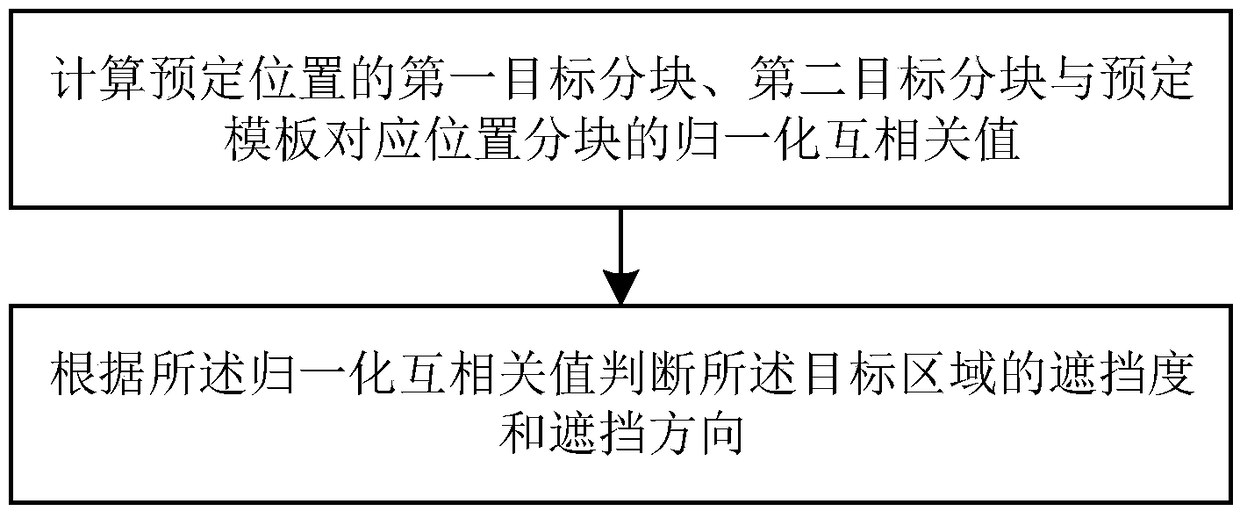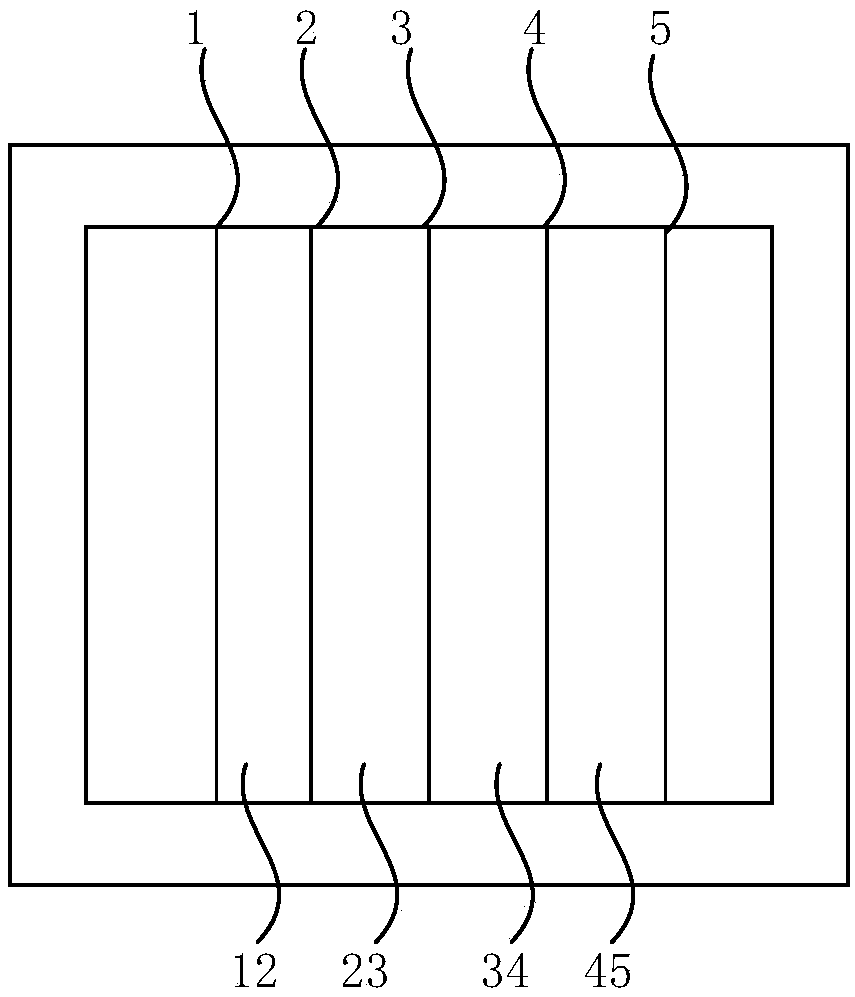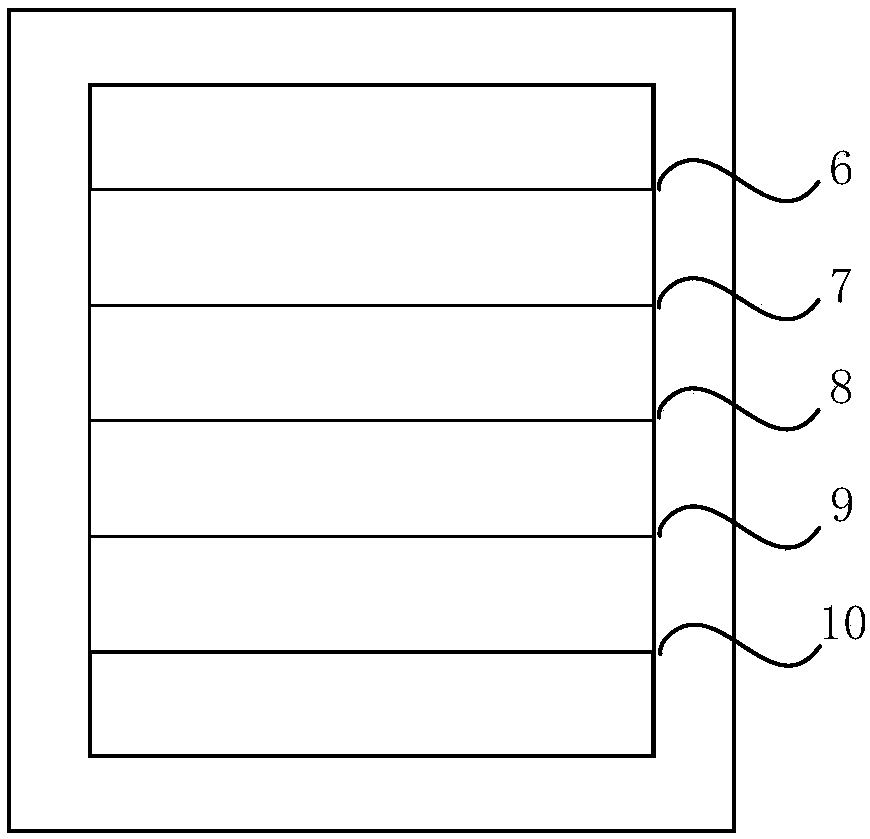An occlusion detection method based on block correlation
An occlusion detection and block technology, applied in the field of target tracking, can solve problems such as inability to solve occlusion, failure to obtain effective information, failure to find effective tracking points, etc.
- Summary
- Abstract
- Description
- Claims
- Application Information
AI Technical Summary
Problems solved by technology
Method used
Image
Examples
Embodiment 1
[0031] See figure 1 , figure 1 The flow of a blocking detection method based on block correlation provided by the embodiment of the present invention, selects a target area, divides the target area into a first number of first target blocks in the first direction, and divides the target area into a first number of first target blocks in the second direction. dividing the target area into a second number of second target blocks in turn;
[0032] The methods include:
[0033] Calculating the normalized cross-correlation values of the first target block at the predetermined position, the second target block, and the block at the corresponding position of the predetermined template;
[0034] Judging the occlusion degree and occlusion direction of the target area according to the normalized cross-correlation value, and finally obtaining the real-time occlusion situation of the target;
[0035] Wherein, two adjacent first target blocks have a first overlapping portion, and two ...
Embodiment 2
[0058] Please continue to see Figure 2a , Figure 2b , in the actual tracking scene, the occlusion generally enters the occlusion from the side of the target, which can be roughly divided into four directions: left, right, up and down, so combined with the continuous edge block (1,5,6,10) Three frames of information, from the change trend of the corresponding NCC value, can quickly determine whether the target is occluded and the direction of the occlusion.
[0059] In this scheme, firstly, for the target area predicted by three consecutive frames (t, t+1, t+2), the above-mentioned method is used to reasonably divide the target area, and then the edge block (1, 5, 6, 10) and the given template are calculated. Correlation value to detect the occurrence of occlusion; if the NCC value r of three consecutive frames 1j ,r 2j ,r 3j (respectively corresponding to the j-th block of the t, t+1, t+2 frame and the correlation value of the j-th block of the template, j only takes 1, ...
PUM
 Login to View More
Login to View More Abstract
Description
Claims
Application Information
 Login to View More
Login to View More - R&D
- Intellectual Property
- Life Sciences
- Materials
- Tech Scout
- Unparalleled Data Quality
- Higher Quality Content
- 60% Fewer Hallucinations
Browse by: Latest US Patents, China's latest patents, Technical Efficacy Thesaurus, Application Domain, Technology Topic, Popular Technical Reports.
© 2025 PatSnap. All rights reserved.Legal|Privacy policy|Modern Slavery Act Transparency Statement|Sitemap|About US| Contact US: help@patsnap.com



